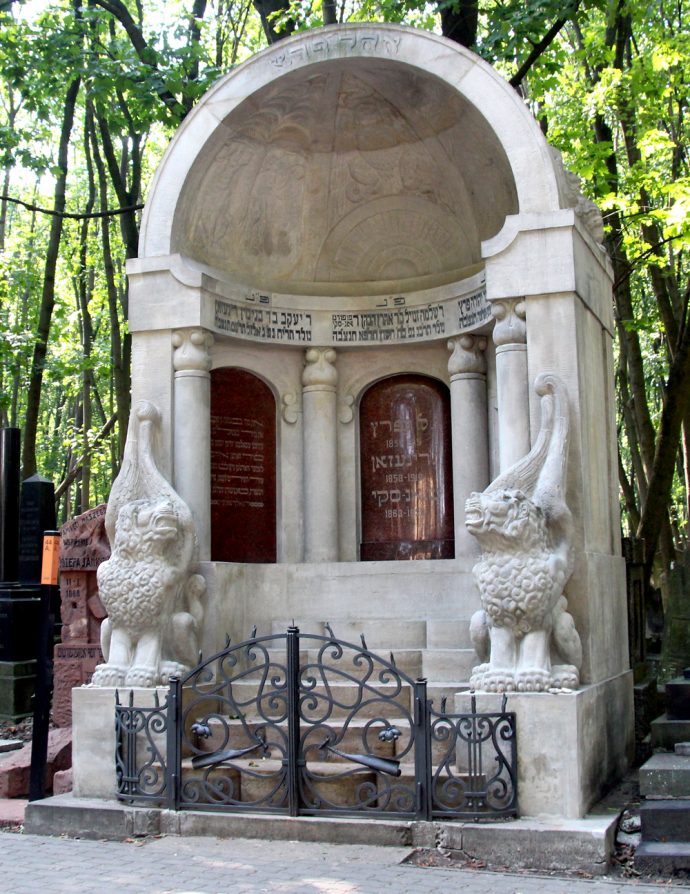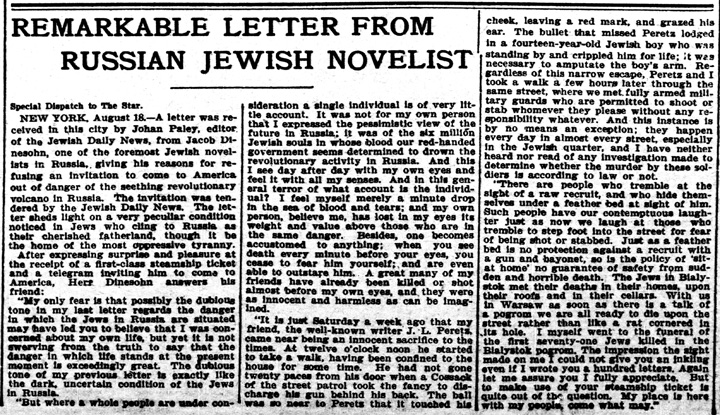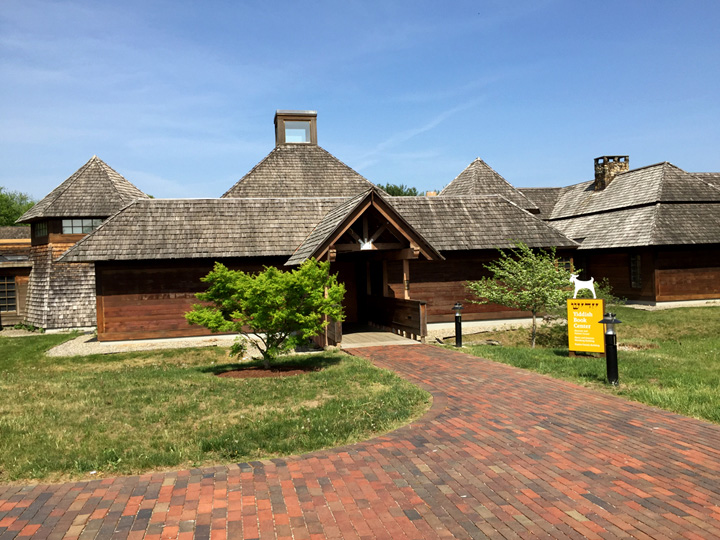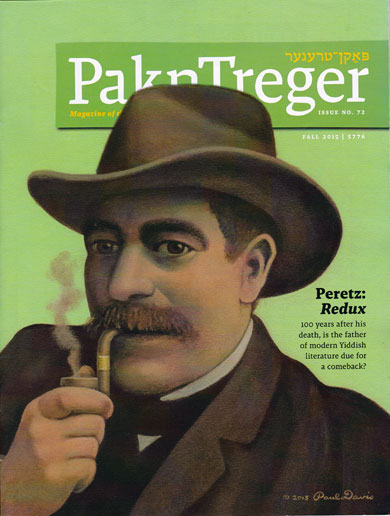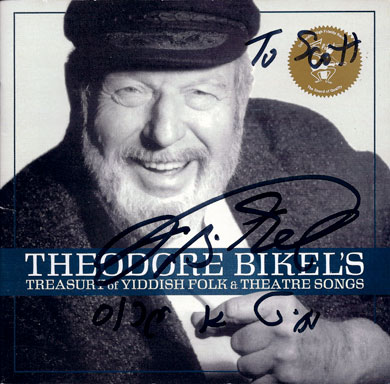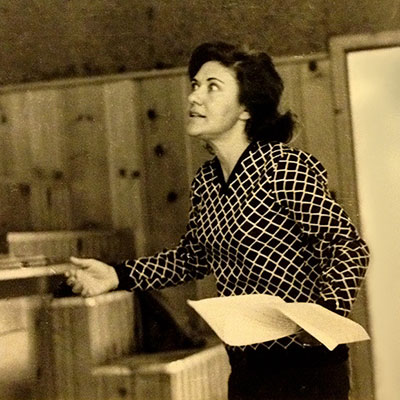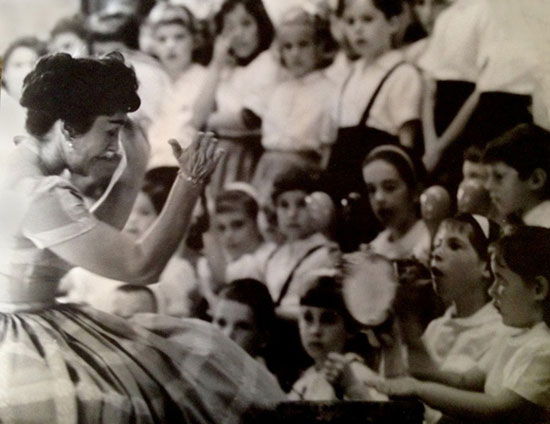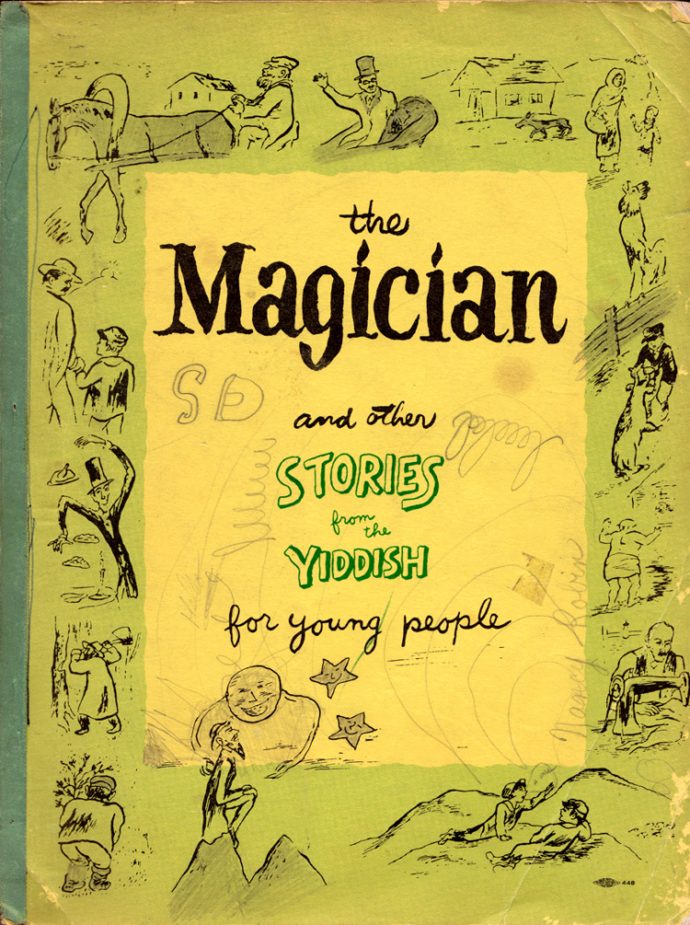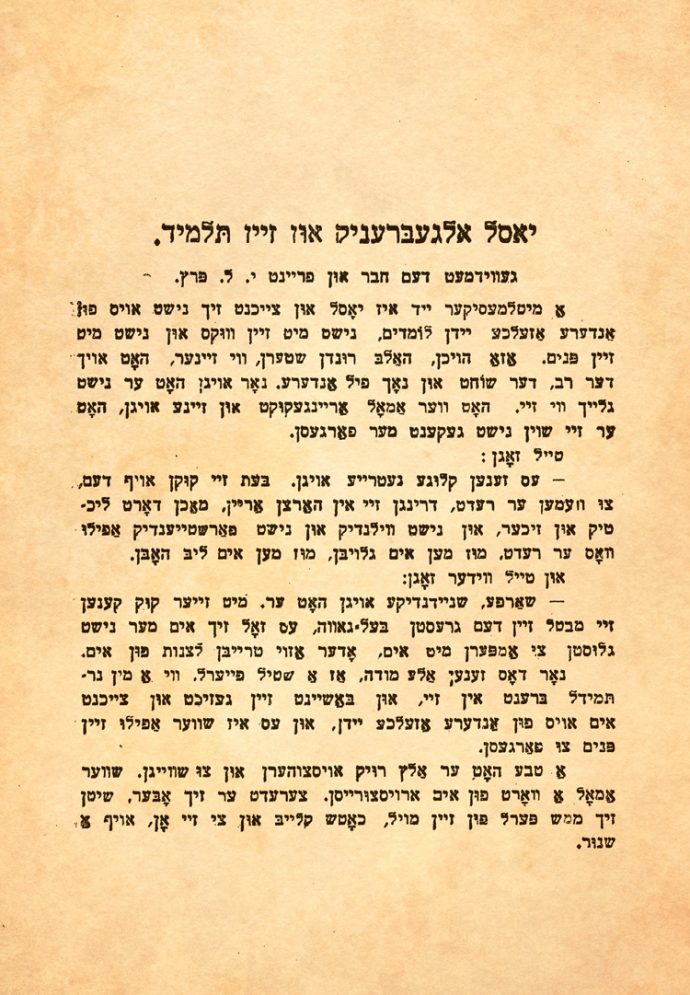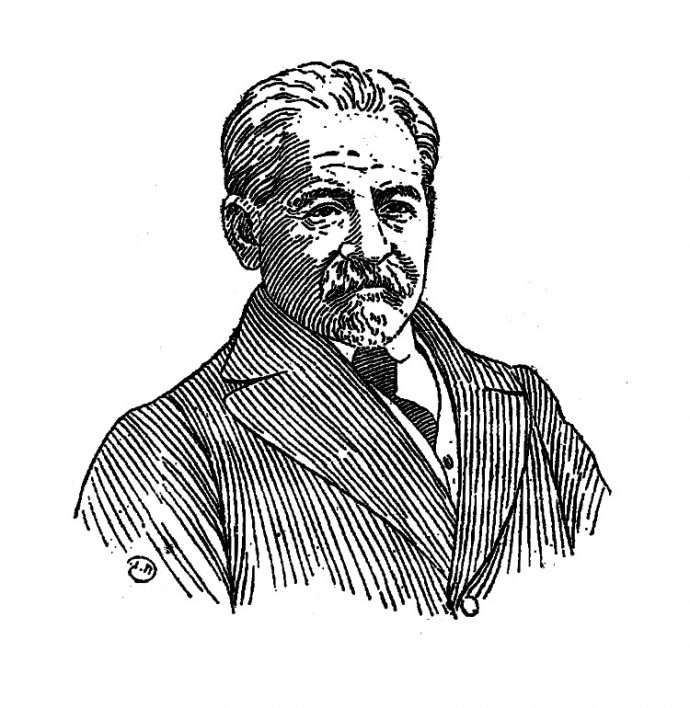Jacob Dinezon’s 100th Yortsayt in Warsaw
“Żydowski” is the Polish word for Jewish, and this is the plaque that marks the Jewish cemetery on Okapowa Street in Warsaw, Poland. The cemetery, which dates back to the first years of the 19th century, is one of the few places that survived the utter destruction of Warsaw by the Nazis during the Second World War. Today, much of the cemetery is overgrown with weeds. The tall, overhanging trees, crumbling walls, leaning granite headstones, and toppled marble monuments, give the graveyard an ancient, disheveled, eerie quality. But we are here to visit the grand and well-tended Mausoleum of the . . . (Read More)
